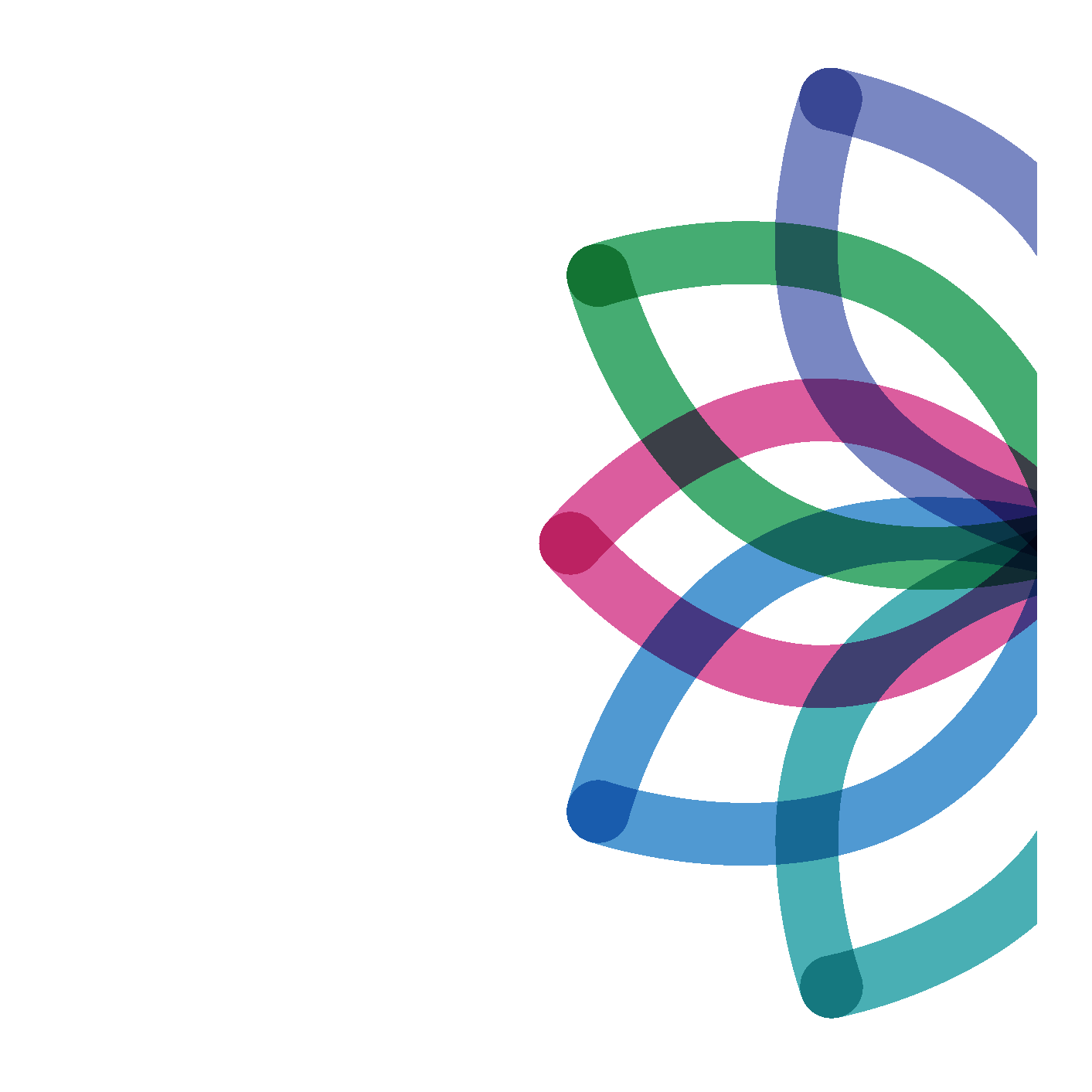Citation:
Gocheva, V., Hund-Georgiadis, M., Hediger, K. (2018). Effects of animal-assisted therapy on concentration and attention span in patients with acquired brain injury: A randomized controlled trial. Neuropsychology, 32(1), 54-64. http://dx.doi.org/10.1037/neu0000398
Summary:
The authors of this article sought to investigate the immediate effects of animal-assisted therapy on the concentration and attention span of brain-injured patients. Participants included 13 males and six females (ages in years: M = 52.85, SD = 13.37; M = 46.50, SD = 16.86, respectively).Therefore, 19 patients (M = 50.84, SD = 14.40) with an acquired brain injury were included in the study, which consisted of a randomized, controlled, within-subject trial. Patients were diagnosed with either a traumatic or nontraumatic acquired brain injury. The main pathology in the nontraumatic injured participants was cerebral ischemic or hemorrhagic stroke or subarachnoid hemorrhage. The experimental condition consisted of speech, occupational, or physiotherapy sessions including an animal (AAT). In the control condition, paralleled standard therapy sessions were conducted without an animal. Each subject participated in 24 therapy sessions over a period of 6 weeks (N AAT = 12, N control = 12). The therapist, day of the week, daytime, and therapeutic activity were controlled. The following animals were able to be chosen: guinea pigs, rabbits, cats, chickens, goats, sheep, minipigs, donkeys, and horses. Of note, all animals were trained and had experience working with brain-injured patients. Attention span and instances of distraction were assessed via video coding in Noldus Observer. The Mehrdimensionaler Befindlichkeitsbogen ([Multidimensional Affect Rating Scale] MDBF questionnaire; Steyer, Schwenkmezger, Notz, & Eid, 1997) was used to measure the patient’s self-rated alertness. Concentration was assessed through Visual Analogue Scale (VAS) via self-assessment and therapist’s ratings. Results showed that the therapy type had no influence on attention span. In terms of distraction, patients displayed more instances of distraction in AAT compared with the control condition. Additionally, self-rating showed that patients were more concentrated and alert in the presence of an animal. Also, therapist’s evaluation of patients’ concentration indicated that patients were more concentrated during AAT. Future investigation should examine other attentional processes such as divided attention and include neurobiological correlates of attention.
I chose this article because, as a Psychology Trainee who has been able to study in a neurorehabilitation setting, my hope is to continue to influence the field in a positive manner. Thus, being able to research aspects that will help individuals who have suffered from an acquired brain injury is of outmost importance to me. I recognize the benefits of animal therapy on individuals who suffer from depression or anxiety, as it has done for me, but I never thought of it impacting brain-injured patients’ cognitively. This article presents the importance of thinking of innovative ways to help those who have cognitive deficits. Additionally, this article provides references to additional research.
THIS MONTH’S REHABILITATION SCIENCE SPOTLIGHT was provided by Michelle Blose, M.S., Fifth Year Psychology Trainee, Neuropsychology Concentration, Nova Southeastern University

